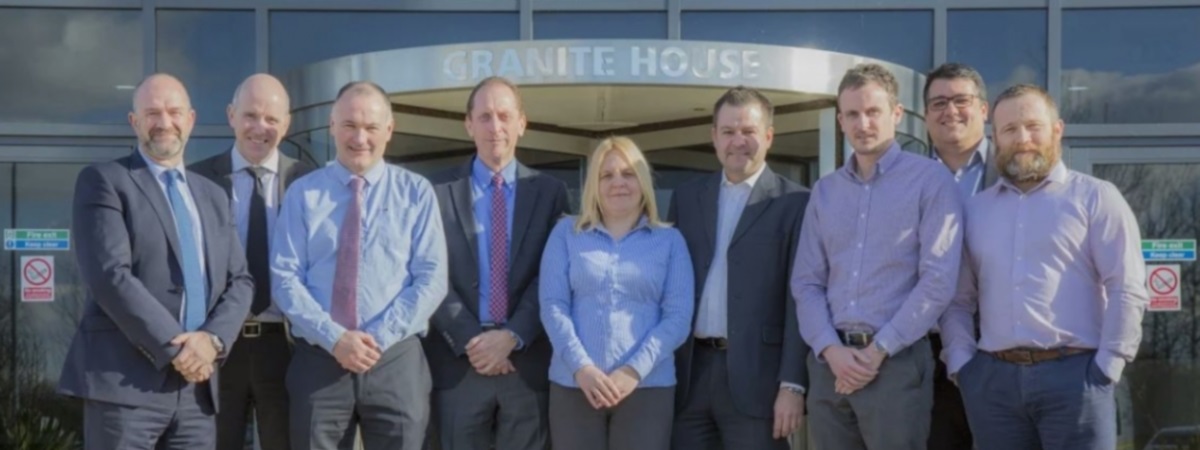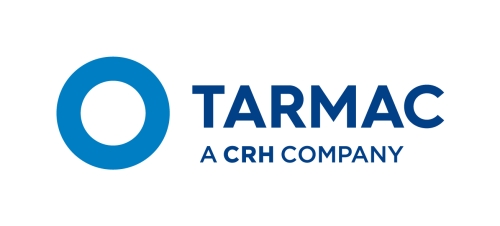
SUSTAINABLE CONSTRUCTION
Contracting achieve BS 11000
Our Contracting business has received the BS 11000 standard for collaborative business relationships – granted by the British Standards Institution (BSI) – for its working partnership with its supply chain and clients.
The team underwent a detailed assessment process against the standard’s criteria that looked at both client and internal relationships to demonstrate that collaboration is embedded in its structures and approach.
Paul Fleetham, Managing Director, Contracting, said: “Collaboration has always been part of our culture and we recognise that well-executed collaboration is key to supporting our clients in achieving their goals. The BS 11000 framework has helped us to formalise this approach and ensure it is consistently applied with our clients and supply chain. This award confirms that our approach is working well and provides us with a good foundation for continuous improvement.”
Launched in 2010, BS 11000: Collaborative Business Relationships is a national standard that sets out a best practice framework for establishing and improving collaborative relationships. It provides a basis for implementing new solutions, embedding sustainable principles, improving efficiency and performance and leads to more transparent and effective relationships with partners, internal divisions, suppliers and customers.
Commenting in the assessment report, auditor Brian Goldsmith from BSI said: “A huge amount of effort and expertise has been used to ensure effective collaborations with various partners and as a result compliance to the standard was easy to evidence throughout the assessment.”
